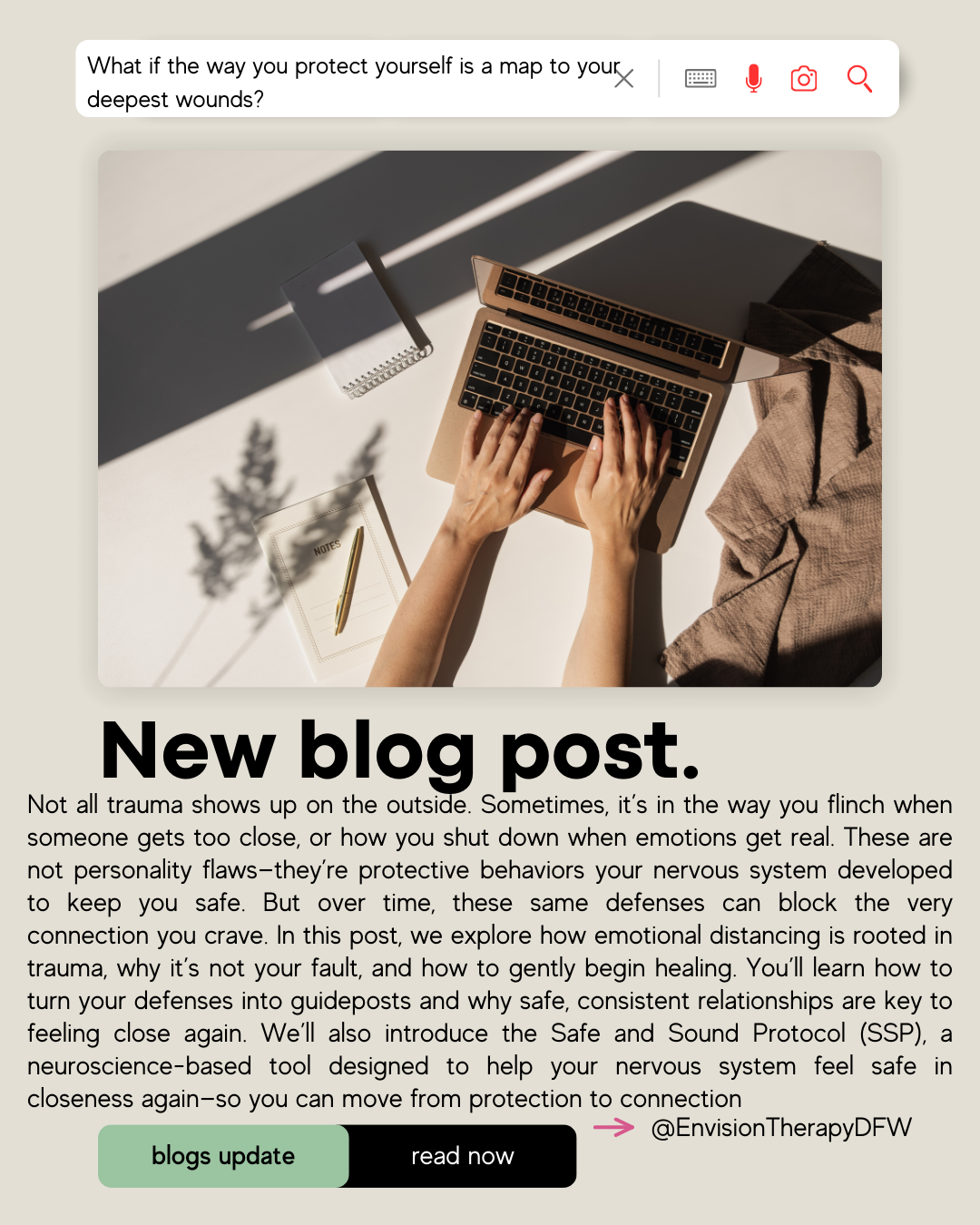We often think of wounds as visible things—bruises, scars, broken bones. But what about the kind that don’t show up on an x-ray or under a microscope?
What about the flinch when someone gets too close?
The way you tense up when someone asks how you really are?
The instinct to pull away from closeness, even when it’s what you want the most?
These are wounds too.
They’re just harder to see—but no less real.
What if your habits of distancing, deflecting, or keeping things “surface level” aren’t personality quirks, but the armor you built around pain no one saw?
What if your defenses are messages from the past, telling you exactly where you were hurt and how your nervous system learned to protect you?
The Invisible Scars of Emotional Pain
You don’t need to have a “big trauma” to carry invisible wounds.
In fact, some of the deepest scars are from emotional injuries that were dismissed, minimized, or never validated:
- A parent who only showed love when you achieved.
- A partner who manipulated you into silence.
- A childhood where your emotions were “too much.”
- A friendship where rejection taught you to stop reaching out.
And now?
You’ve learned to protect yourself with subtle defenses:
✔ Keeping conversations surface-level
✔ Avoiding vulnerability
✔ Pushing people away before they get too close
✔ Over-explaining your actions to avoid being misunderstood
✔ Assuming disconnection is inevitable
These aren’t faults. They’re protective strategies. Your nervous system isn’t overreacting—it’s remembering.
It’s saying: “We’ve been hurt before. Let’s not do that again.”
How Defenses Are Formed in the Nervous System
From a neurobiological perspective, your defenses are adaptive.
When your brain detects emotional danger—rejection, betrayal, judgment—it activates survival responses. For some people, this looks like fight or flight. For others, it’s fawn or freeze. And for many, it’s emotional distancing.
You learned, maybe even before you could speak, that closeness came with risk. That love had conditions. That vulnerability made you a target.
So now your system says:
“No thank you.”
And it’s not because you don’t want connection. It’s because your body doesn’t trust that connection is safe.
Use Your Defenses as a Guide to Healing
Your defenses are not your enemies. They’re maps.
They show you where the pain lives—and where the healing needs to begin.
Start by asking:
🧭 What am I protecting myself from in this moment?
🧭 When did I first learn that closeness wasn’t safe?
🧭 What am I afraid will happen if I let someone in?
These are brave questions. You don’t need to answer them all at once. But even asking begins to shift your awareness.
Try exploring your emotional patterns in therapy, journaling, or with someone you trust. Reflect on where these behaviors came from—not to blame yourself, but to understand yourself.
When you see your defenses with compassion, you can start to loosen their grip.
Practice Vulnerability in Safe Spaces
You don’t have to start by opening your heart to the world. Healing happens in safe, contained, supportive environments.
Try this:
✔ Share a small truth with a trusted friend
✔ Let someone comfort you, even if it feels awkward
✔ Stay in the conversation one moment longer than feels safe
✔ Practice eye contact or soft body language when it’s hard
Small acts of connection teach your nervous system that closeness doesn’t always lead to pain.
It’s not about going from armored to exposed overnight. It’s about slowly inviting safety back into your body.
Healing Happens in Safe Relationships
Humans are wired for connection. But trauma teaches us that connection is dangerous.
Healing that narrative means rewriting it through experience.
And that happens most powerfully in relationships where you are seen, heard, and not punished for being real.
Over time, your nervous system learns:
✔ “It’s okay to be close.”
✔ “Not everyone will hurt me.”
✔ “I can stay, even when it’s scary.”
Your brain doesn’t unlearn survival overnight. But it can be rewired—through safety, consistency, and care.
You don’t have to stay hidden to stay safe. You deserve real connection without fear.
Want Help Healing Invisible Wounds?
If you relate to this post, your nervous system might be stuck in self-protection mode. You’re not broken—you’re brilliantly adaptive, and your brain is doing exactly what it was trained to do.
But it doesn’t have to stay there.
Our therapists specialize in trauma-informed, nervous-system-focused care, and we use powerful tools like the Safe and Sound Protocol (SSP) to help you feel safe in connection again.
Reach out for a free consultation.
TL;DR
Not all wounds are visible. Flinching from closeness or avoiding vulnerability isn’t weakness—it’s your nervous system remembering where you were hurt. These defenses are survival responses, not personality flaws. Healing starts by understanding your patterns and slowly practicing safety in relationships. Tools like the Safe and Sound Protocol (SSP) can help your brain unlearn the belief that connection is dangerous.
Tags: emotional trauma, nervous system healing, Safe and Sound Protocol, vulnerability, emotional numbness, healing relationships, trauma recovery, invisible wounds, somatic therapy, nervous system regulation

